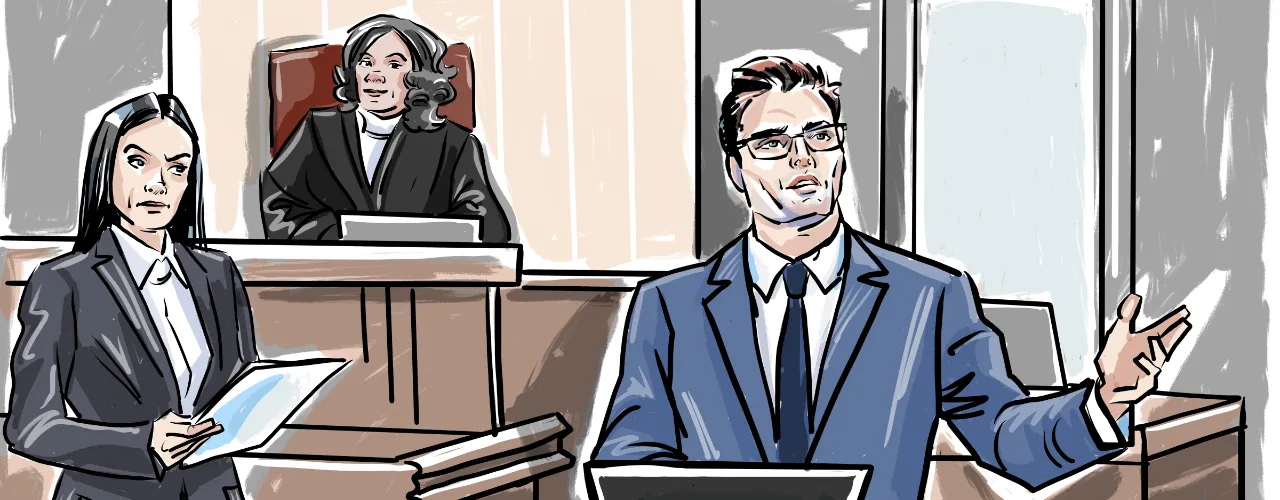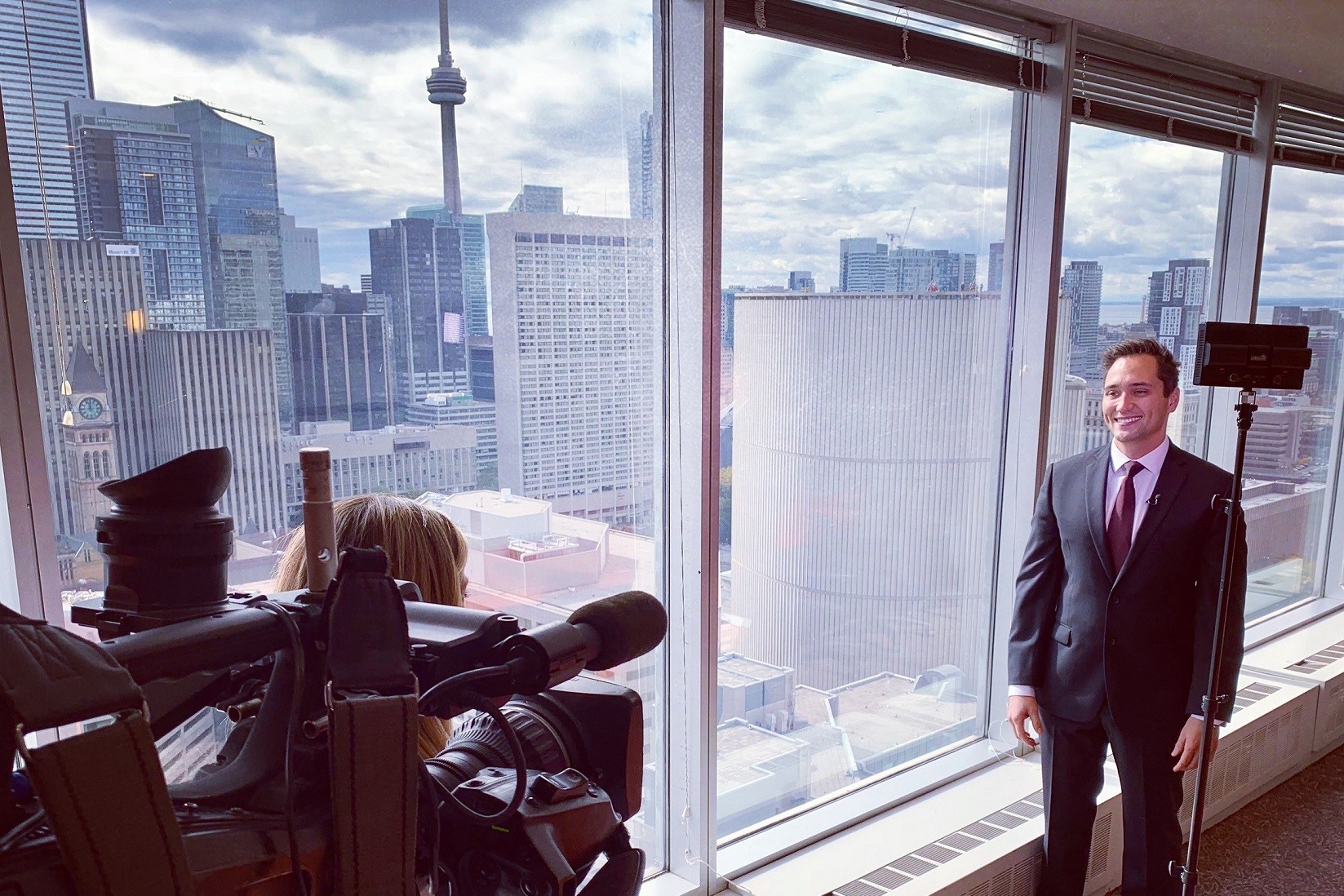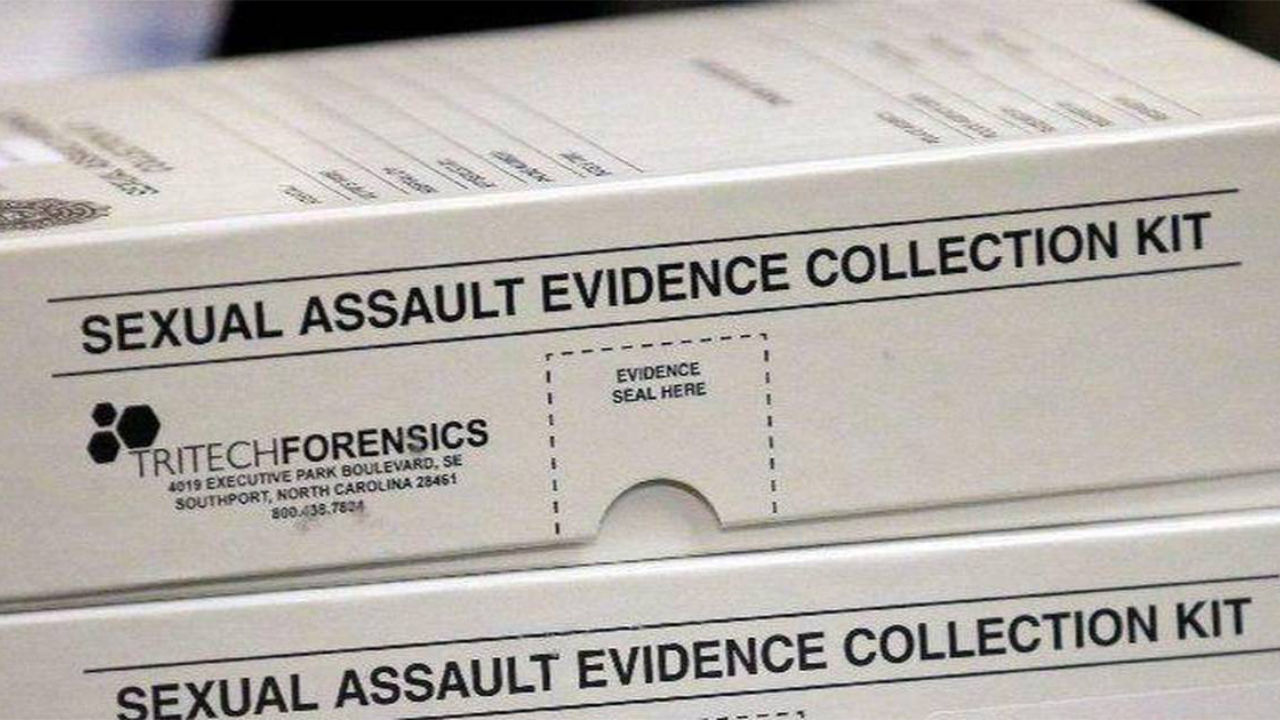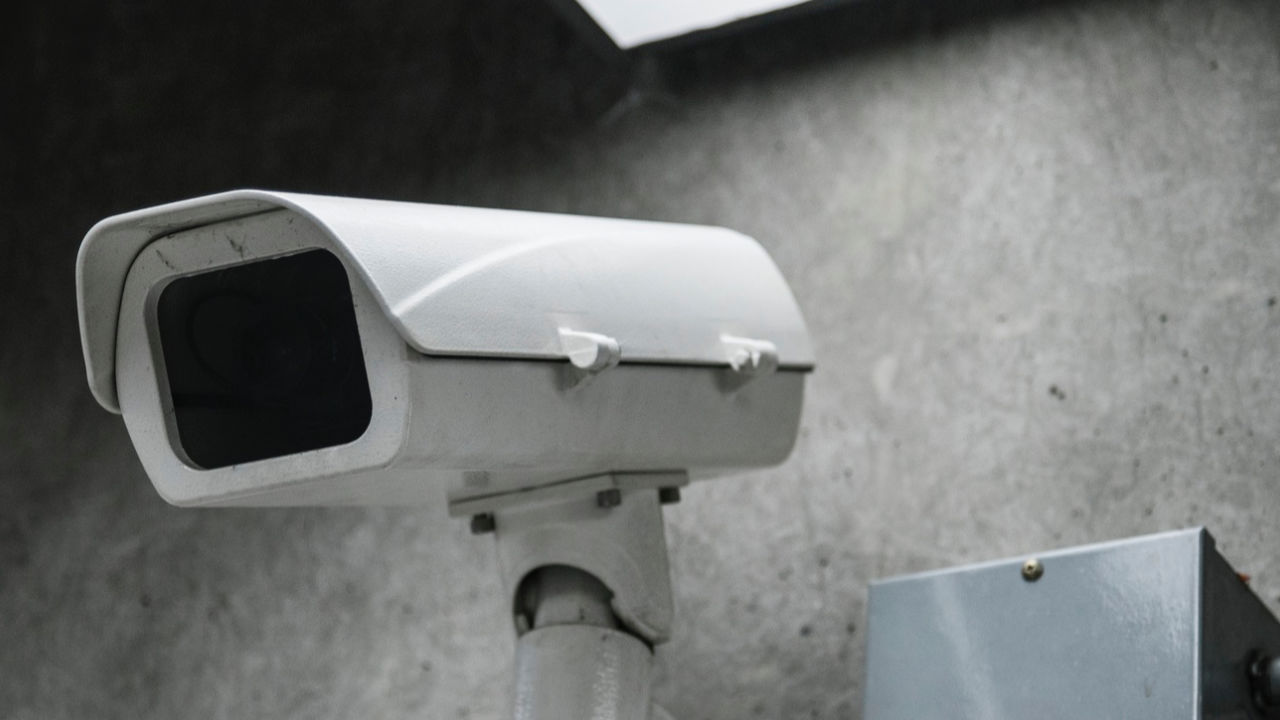
Defend Voyeurism Charges
Crime Statistics
Voyeurism is a sexual offence. It deals with a violation of privacy rights and also infringes on a victim’s sexual integrity. A person’s right to control over their own body and who they expose it to is defined as sexual integrity. The offence of voyeurism was recently before the Supreme Court of Canada in R. v. Downes, where the court clarified that it is not necessary for a person to expect nudity or sexual activity to occur for there to be a crime. Statistics Canada tracks changes in sex offences and reports data annually.
Our Experience
The Firm secured a withdrawal of voyeurism, where the accused posed as the owner of a Toronto strip club, attempting to solicit nude pictures of women in its R. v. J.R. [2015]. Over a period of a year, with several Crown and Judicial Pretrials, the Firm was able to challenge the nature of the intimate images. There was significant forensic data connecting the accused to the offence, however, the Firm was able to prove the officers incorrectly charged the accused. Voyeurism offences can be technical with litigation surrounding reasonable expectations of privacy often being central to their prosecution.
We frequently handle cases where the accused is alleged to have recorded women in private settings, generally with a smart phone. We also have experience defending a range of allegations where the recording is alleged to be in a public setting, including on public transit. In October 2019, the Firm resolved a voyeurism allegation in Brampton without a criminal record after a year of litigation, where the offender used his smartphone to record women at Dollarama in its R. v. I.B. [2019]. Video surveillance from the retailer allegedly captured the accused following women around the store. The defence was able to present some exculpatory evidence which ultimately led to the resolution.

- Toronto Star: Pornhub and Revenge Porn.
- Toronto Star: New Corporate Liability for Child Pornography in Canada.
- Toronto Star: Police Power and Social Media Companies.
- Global News: Can an airline tell you to stop recording and delete a cellphone video?
- Métro Montréal: Avec le temps chaud, il n’y a pas que le mercure qui grimpe: le nombre de cas de voyeurisme aussi.
- CityNews: As the temperatures outside get warmer, police say the reported number of cases of voyeurism tend to rise.
- VICE News: An Image Site is Victimizing Women and Little Can be Done.


In the Firm’s R. v. O.C [2020], the accused was alleged to have been secretly recording multiple women on the Go Train by streaming to an electronic watch. Police on scene seized all electronic devices for forensic analysis. After a year of litigation, the Firm was able to resolve the matter without a criminal record. Committing voyeurism for many, can become an addiction like drug use. Offenders can start collecting significant voyeuristic material which is then posted online to exploit women. The work computer of the accused was also seized by law enforcement, which the Firm was later able to safely return without employment disruption to the accused.
The Firm has also been retained by businesses facing allegations of secretly recording customers in private spas and rental apartments. It has handled allegations where cameras are disguised as clocks and alarm systems. These items are often discovered by Municipal compliance officers, and police, who use special forensic lighting instruments to unveil this technology. The Toronto Police 2021 Annual Statistical Report revealed that there were 2,574 reported violations in that year. Most victims of these types of offences are female, with 2,234 reported cases in 2021. Women between the ages of 12-34 are the most likely to be victimized.
Law Newbie is a free AI research assistant that can help you safely answer questions about criminal law.




Frequently Asked Questions
What is Voyeurism?
Voyeurism is a criminal offence under s. 162(1) of the Criminal Code. Anyone who secretly watches or makes a visual recording of another person who has a reasonable expectation of privacy can be found guilty of a voyeurism offence if the action or content of the recording falls into one of the three following categories.
First, if the recording or observation is of a person in a place where they can reasonably be expected to be nude, to expose their sexual organs, or to engage in sexual activity. Second, if the person being is nude, exposing themselves or engaged in sexual activity and the recording is being made to document that event. And third, if the recording is being made for the sexual purposes of the offender.
What if the Accused Did Not Record the Victim in Toronto?
Under s. 162(2) of the code, a visual recording means, “a photographic, film, or video recording made by any means”. However, a recording is not required to commit a voyeurism offence. The action of voyeurism only requires that the offender observe someone who is nude or engaged in sexual activity and has a reasonable expectation of privacy by any means. This offence also requires the offender to observe that person in a secret way, or in a way that is not meant to draw the attention of the victim.
For example, consider a scenario where Person A and Person B own neighbouring houses. Person B’s bathroom is visible from Person A’s bedroom window. Person B enters their bathroom and begins the process of taking a shower. Person A is in their bedroom and notices this. Intrigued, Person A then retrieves a pair of binoculars and uses them to get a better view into Person B’s bedroom to watch them shower. It is obvious that Person B has a reasonable expectation of privacy in their own bathroom. This means that Person A has taken a clear action to secretly observe Person B showering through their binoculars and therefore committed a voyeurism offence.
What is Disclosure and What Does it Include in Voyeurism Cases?
Disclosure is the process through which the Crown shares with the accused all the evidence that makes up their case that a voyeurism offence occurred. Disclosure is a vital part of the criminal justice process. Without it, the accused would be unable to make a full-and-informed defence to the charges laid against them.
There are pieces of a disclosure package that are common to every type of criminal offence. They include a copy of the accused’s criminal record, and the statement of the complainant, otherwise known as the victim, of the crime. Statements of other witnesses to the offence or the notes and/or body cam footage of the arresting officer may also be included if available. Pieces of disclosure that apply directly to a voyeurism offence include any video or photographic evidence recovered by the police. If a recording was made on the accused’s phone or other personal device and they were arrested at the scene of the offence, the police may obtain a warrant that allows them to go through the device to search for evidence of the offence.
Consequences of a Criminal Record
How Long Does It Take to Receive Disclosure?
It can take several months to create a disclosure package. The process begins when the accused is arrested. The police then create a file for this case. That file becomes filled with all the different information discussed above, and whatever else may be relevant. This collection of information stage usually takes a month before the completed file is then sent to the Crown’s office.
Once in the care of the Crown, the file undergoes a two-stage process before the disclosure can be made available to the accused. The first step is known as vetting. When vetting a file, the Crown reviews all its content and removes any information from it that the accused should not have access to. This may include the address and contact info of the victim and any witnesses, or other personal information. Once a file has been vetted, the Crown then puts it through a screening process. Screening involves the Crown deciding on their sentencing position that they would argue for if the accused were to plead guilty to the voyeurism offence that day. Once this process has been completed, the disclosure package is made available to the accused.
How Does Someone Accused of Voyeurism in Toronto Acquire Their Disclosure Package?
Disclosure packages are usually made available after an accused’s first court appearance. There are several ways they might acquire their package. It is possible for the accused to visit the Crown’s office at their local courthouse to receive a physical copy of the package. However, each courthouse has a different set of rules that apply to this option in different municipalities. This means that the rules for obtaining physical disclosure in Toronto are different than elsewhere in the Greater Toronto Area. It is also worth noting that disclosure packages are lengthy documents that are often between 50-100 pages long.
Disclosure can also be provided electronically. To use this method, the accused or their lawyer must send a request to an email address run by the Crown. Once that request has been process, the defence counsel will be notified that the package has been made available for download. Disclosure packages can be retrieved from the Ontario Disclosure Hub.
Recent Cases
R. v. P.R., 2022 ONCJ 491
This Ontario Court of Justice case provides an example of the sentencing process for voyeurism offences. Here, the offender was the father of the victim. The recording at issue was made ten years before the case. In the video, the then nine- or ten-year-old victim was recorded by a hidden camera in his bedroom while dressing, but the video did not show the victim’s genitals. The camera was hidden by the offender.
As a sexual offence, courts are sensitive to the harm voyeurism can cause to victims. As such, one of the primary principles of sentencing in these cases is to impose punishment proportionate to the harm caused. The harm to the victim can be discovered through a victim impact statement, or as it was here, an evaluation conducted by a psychiatrist. Whereas it was determined the offence had little effect on the victim, there were several factors that increased the severity of the offence. They included the parental relationship between the offender and victim, the age of the victim in the video, and the fact that the recording was made in the victim’s bedroom, where he might reasonably expect to be safe. As such, the offender was sentenced to a 60-day conditional sentence followed by one year of probation along with a modified order restricting access to children.
R. v. R.R., 2022 ONCJ 407
This Ontario Court of Justice case demonstrates that voyeurism can be committed together with other sexual offences. When this happens, an offender will face a stronger sentence. Here the offender was convicted of sexual assault and voyeurism. The victim and offender were friends who had met on social media. The victim was 18 years old, and the offender was 27. The two met one night at the offender’s dance studio. During the meeting, the offender supplied the victim with alcohol, and she passed out. She awoke to the offender touching her breasts. The offender also secretly took a picture of the offender’s naked breasts.
For these crimes, the offender was sentenced to 36 months imprisonment. 30 months of that sentence were issued for the sexual assault, and the remainder for the voyeurism. Additional orders were also made concerning DNA and SOIRA orders, a lifetime weapons prohibition, and a victim surcharge. While the focus of this case was the sexual assault, the court did not ignore the harm caused by the voyeurism. Both are serious criminal offences as reflected by the construction of the sentence issued here. “R.R.’s decision to take a photograph of T.L.’s naked breasts following his sexual assault on her amplified the harm he had already caused. The photo can only be seen as a trophy he wished to collect, that he later used to taunt her… This was an act of objectification and humiliation done for his own amusement. T.L. lost control over her own bodily image and her sexual integrity was further undermined. The impact these crimes had on her mental health was profound and continues to affect her on a daily basis.” [at para 71]
R. v. Bahamonde, 2021 ONSC 7526
This Ontario Superior Court of Justice case was a trial decision dealing with a voyeurism offence that sets out all the elements of the offence. The offender here was charged with voyeurism based on 25 videos found on his phone after it had been seized by police. The videos were taken on the TTC or in the restaurant where the offender worked, and his face was visible in many of them. Most of the videos were, “upskirt”, which recorded many women’s underwear without their knowledge. However, some of the videos showed the buttocks of the victims.
The offender attempted to claim that he had hired escorts to be the subjects of these recordings and that they were made consensually. However, the judge found this was not the case. Many of the videos were very brief and included quick movements, which would imply that the offender was trying to make a secret and non-consensual recording. Given that these videos were taken in public and captured some of the victims’ buttocks, the judge determined they could expect privacy and to not be the subject of these videos. Therefore, each element of voyeurism was established beyond a reasonable doubt in this case, which led to the offender’s conviction.













